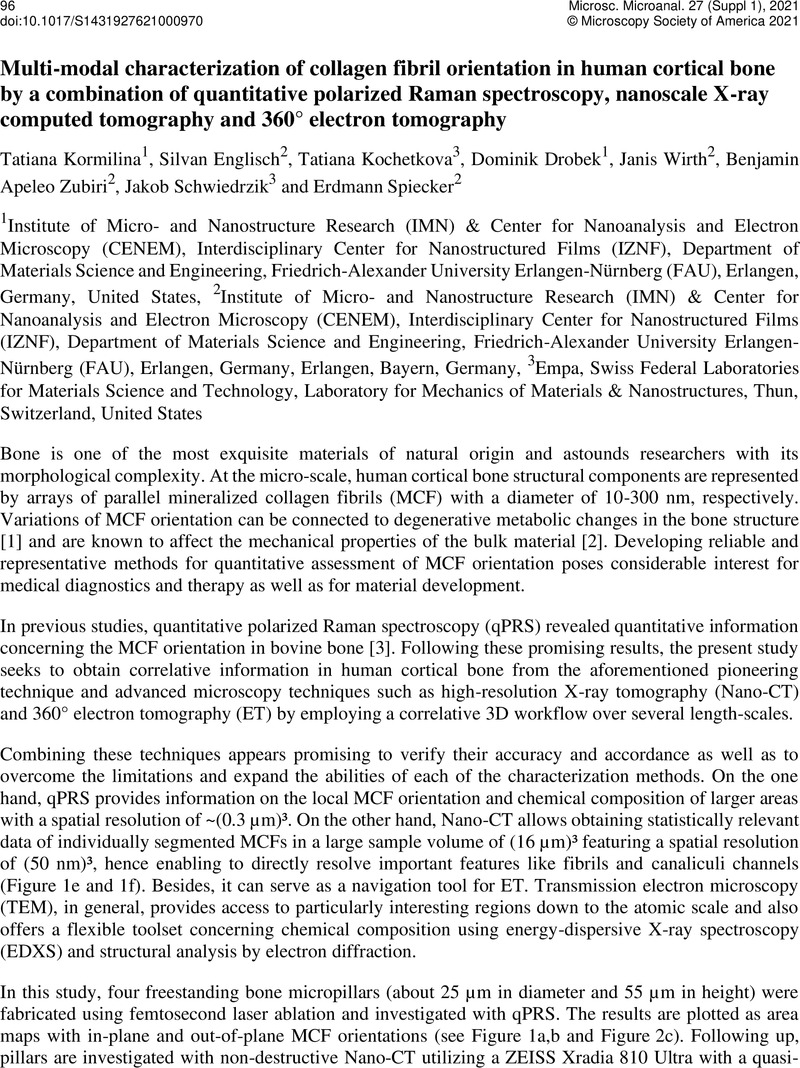Crossref Citations
This article has been cited by the following publications. This list is generated based on data provided by Crossref.
vom Scheidt, Annika
Krug, Johannes
Goggin, Patricia
Bakker, Astrid Diana
and
Busse, Björn
2024.
2D vs. 3D Evaluation of Osteocyte Lacunae - Methodological Approaches, Recommended Parameters, and Challenges: A Narrative Review by the European Calcified Tissue Society (ECTS).
Current Osteoporosis Reports,
Vol. 22,
Issue. 4,
p.
396.




